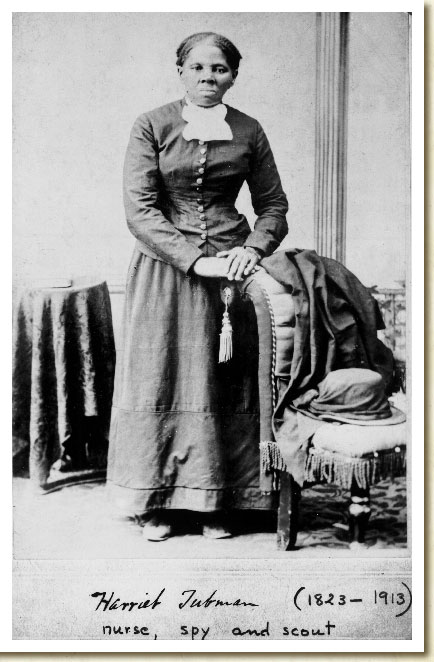In class last Thursday, one of questions we discussed had to do with how slavery itself is often depicted in children’s books about Harriet Tubman. One book described the young Tubman as “happy” even though she was a slave, which reminded me (I suggested) of the idea of “paternalism” discussed in Furstenberg’s book. On the other hand, as one of you pointed out, the books about Tubman do at least spotlight the brutality of slavery by focusing on the injuries she sustained and the separations from family she endured.

This discussion made me think of another recent controversy in the publishing world over a children’s book called A Birthday Cake for George Washington, which was published by Scholastic. The book, which tells the story of the President’s enslaved chef named Hercules, is summarized with screen shots here.
After several prominent school library journals criticized the book for giving a misleading, “even dishonest” picture of slavery, Scholastic ultimately decided to withdraw the book from circulation, though not before publishing a response from the author and editor. You can follow the whole debate by following the links at the end of this blog post, which also includes some interesting points about the ways that Native Americans are portrayed in children’s books on Thanksgiving.
Since I was familiar with Furstenberg’s book already when this controversy broke, the whole debate made me immediately think of his discussion of paternalism and the myth of Washington’s happy slaves. I wonder if the fact that Washington himself was portrayed in this book as a strong admirer—even a friend—of Hercules contributed to the controversy. (On the last page of the book, Washington throws his arm around Hercules and delivers this line: “‘Hercules,’ the president says in his soft voice that is like a whisper…’You are a magician, a master chef. You have outdone yourself again. Good man.'”)
On the other hand, this book—like the Tubman literature we discussed—also raises the broader question of how books aimed at children should treat slavery. Columnist and culinary historian Michael W. Twitty argued that what is desperately needed is complex children’s literature that makes space for the humanity—and even the smiles—of the enslaved, but without sugar-coating slavery and its brutal dangers. The real Hercules, Twitty notes, eventually ran away from George Washington—an act of explicit dissent that mystified and angered the president.
What do you think about the debate over A Birthday Cake for George Washington? If Sernett is right that our children’s literature reflects what an adult society wants to remember, then what do books like this reflect? I’d be interested in your thoughts, either here or in class.



 Hope you all had a good Spring Break! This week’s reading, listed on the
Hope you all had a good Spring Break! This week’s reading, listed on the